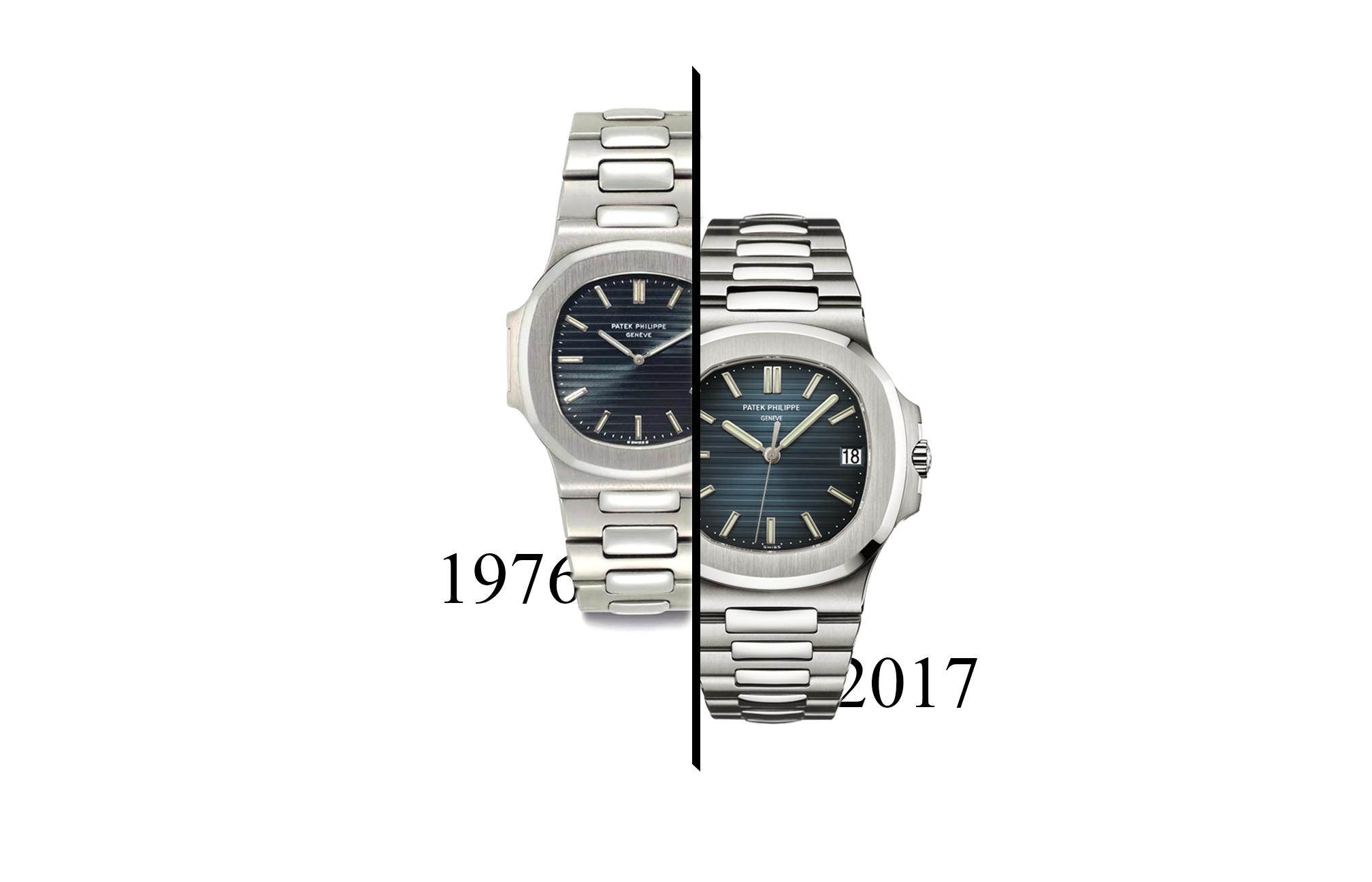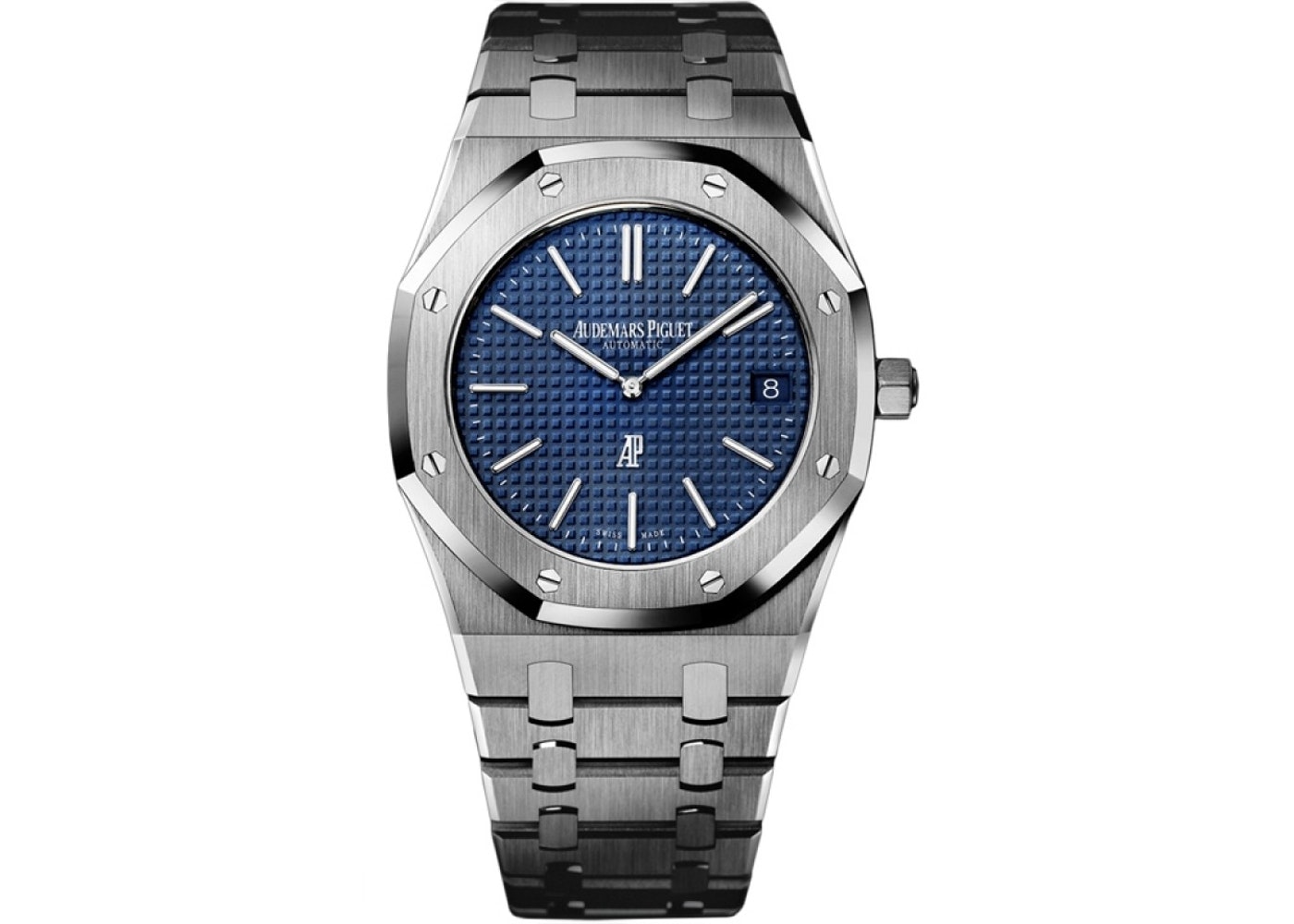The 70’s were a breakthrough decade for not only mechanical watches, but for luxury sport watches in particular. When humans stepped foot on the moon for the first time; we did so accompanied by the now iconic Omega Speedmaster. While that watch dates back to 1957, it wasn’t until the 70’s that the Speedmaster solidified its status as de facto chronograph and really put all chronographs on the map by being a part of every subsequent NASA manned mission to the moon.
Today, you can buy a Speedmaster that looks about exactly the same as the version worn by moon bound astronauts (right here). This got us thinking, what other watches from the 70’s have remained true to their roots in modern incarnations? Let’s take a look at a few.
Heuer Monaco
When Heuer released the Monaco in 1969, it was one of 3 watches to bring the first automatic chronograph movement to market (the others being from Zenith, and Seiko). The Monaco was unique for its square case shape, blue dial, water resistance, and large white sub dials. The watch became famous when Steve McQueen wore it in the 1971 film, Le Mans, and has been a staple of pop culture ever since. Today, Heuer is of course, TAG Heuer, but you can still buy a Monaco nearly identical to the one McQueen wore in the 70’s, or one of the many contemporary interpretations offered by the brand. Shop this Monaco right here.
Omega Seamaster 600 Ploprof
Officially released by Omega in 1970, the Seamaster 600 Ploprof made its intentions as a serious diver’s tool clear at the onset. The Ploprof raised eyebrows with an unmistakable case design featuring a locking crown guard, protruding helium escape valve, and massive bezel. It all added up to a watch that could safely dive to 2,000ft. The name of the watch, Plongeur Professionel (Plo-Prof), translates from French as Professional Diver. Today the Ploprof looks much the same as it did in 1970, but the newer models are good down to 4,000ft of depth. Find it on StockX right here.
Audemars Piguet Royal Oak
Audemars Piguet revealed the Royal Oak at the 1972 Swiss Watch Expo (now called Baselworld). The steel case and integrated bracelet, designed by Gerald Genta, received mixed reactions in the marketplace shortly after launch, but the watch has gone on to become a definitive component of sports watch history. The long term success of the Royal Oak can be credited to the approachable dimensions at 39mm in diameter, and just 7mm thick, as well as the revolutionary design that brought intricate complexity to simple shapes. The Royal Oak has grown into a full collection for AP these days, and includes a variant that could easily be called the spiritual successor to the original. Discover it on StockX right here.
Patek Philippe Nautilus
Four years after Audemars Piguet launched the Royal Oak, Patek Philippe released something equally important called the Nautilus, and releasing the same decade isn’t the only thing they have in common; they were designed the same guy, Gerald Genta. Genta famously sketched out the design of the Nautilus on a napkin at a restaurant after observing people from Patek Philippe eating nearby. That sketch has gone on to be the staple sportwatch of the storied brand, living on today in nearly identical fashion the original. Find it on StockX right here.








